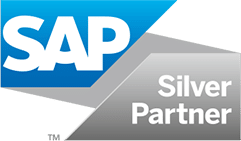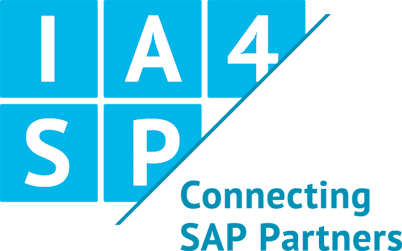
Reza Etemadian
CEO Simplifier AG
















Simplifier sets new standards for agile, modern IT in the SAP world. We enable companies to digitally transform their processes, bring IT and specialist departments together and provide innovative Fiori apps more quickly.

Reza Etemadian
CEO Simplifier AG

We are always impressed that we have been able to implement every requirement with Simplifier – be it through existing Business Objects, individual code or joint development with Simplifier.

We are always impressed that we have been able to implement every requirement with Simplifier – be it through existing Business Objects, individual code or joint development with Simplifier.

Simplifier fits very well into our existing IT strategy and enables us to place a strong focus on the development of Fiori applications in the future. We were delighted to discover that we have found a platform in Simplifier that allows us to create UI5 applications quickly and easily.

Simplifier fits very well into our existing IT strategy and enables us to place a strong focus on the development of Fiori applications in the future. We were delighted to discover that we have found a platform in Simplifier that allows us to create UI5 applications quickly and easily.

Simplifier helped us to reduce the complexity to the essentials. The requirements for a guided question and the variety of associated queries could be easily implemented with the low-code platform.

Simplifier helped us to reduce the complexity to the essentials. The requirements for a guided question and the variety of associated queries could be easily implemented with the low-code platform.

As a medium-sized company, we face the typical challenge of finding the right resources, especially as SAP requires special expertise. However, Simplifier has given us the opportunity to create and integrate applications quickly and easily.

As a medium-sized company, we face the typical challenge of finding the right resources, especially as SAP requires special expertise. However, Simplifier has given us the opportunity to create and integrate applications quickly and easily.

We broke even within a year, including the time for enabling and training. This result shows on the one hand that the Simplifier technology is state of the art, and on the other hand that the enabling enabled our team to use the platform efficiently very quickly.

We broke even within a year, including the time for enabling and training. This result shows on the one hand that the Simplifier technology is state of the art, and on the other hand that the enabling enabled our team to use the platform efficiently very quickly.

Simplifier quickly convinced us, as it made it possible to implement the connection to the existing SAP module and the integrated application within one day and go live promptly. This enabled us to generate value directly for Heinz Plank in a short space of time.”

Simplifier quickly convinced us, as it made it possible to implement the connection to the existing SAP module and the integrated application within one day and go live promptly. This enabled us to generate value directly for Heinz Plank in a short space of time.”

Simply automate business processes automate them, without writing a single line of code, including complete controlling and analysis capabilities
Simple integration of different data sources from top floor, store floor and cloud services











